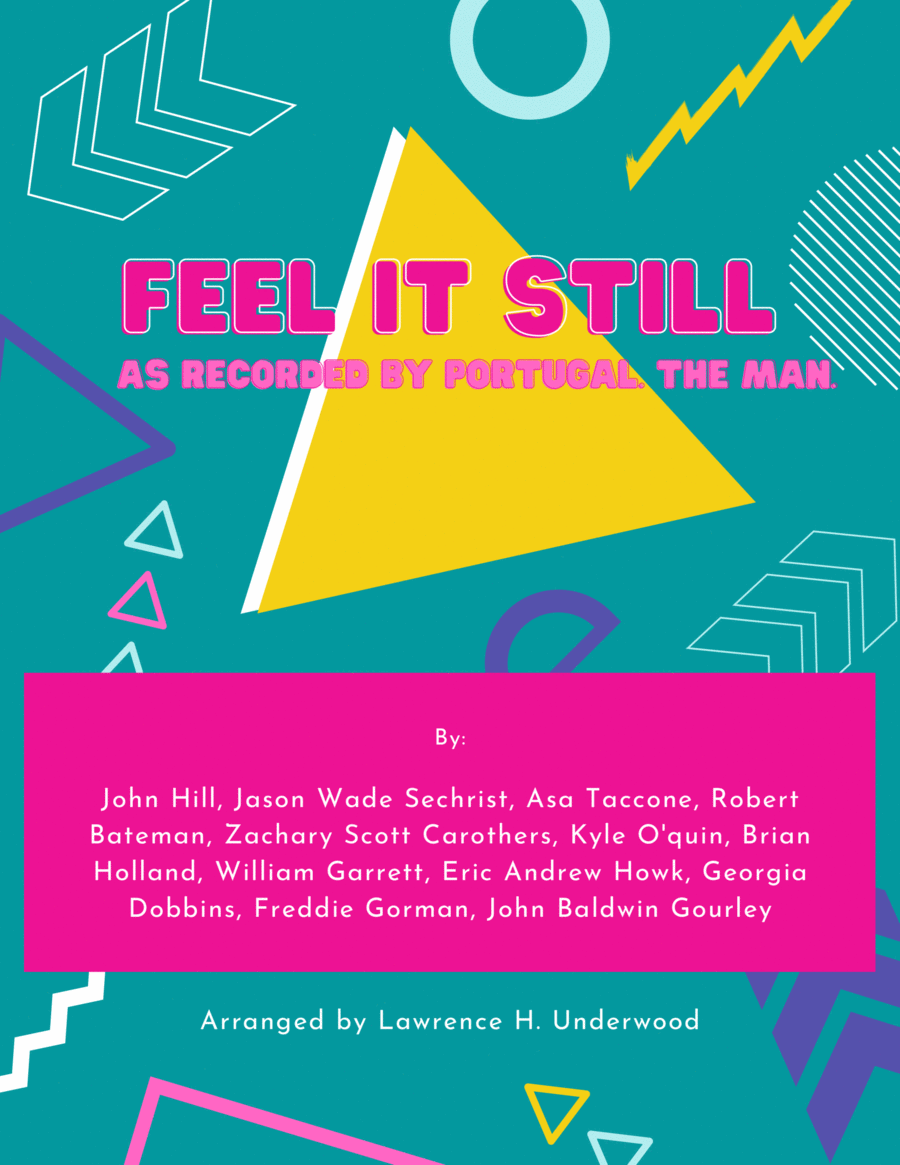Baritone Saxophone,Piano - Level 3 - Digital Download SKU: A0.1091941 By Portugal. The Man. By Asa Taccone, Brian Holland, Eric Andrew Howk, Freddie Gorman, Georgia Dobbins, Jason Wade Sechrist, John Baldwin Gourley, John Hill, Kyle O'Quin, Robert Bateman, William Garrett, and Zachary Scott Carothers. Arranged by Lawrence H Underwood. Pop,Rock. Score and part. 9 pages. Lawrence H Underwood #696073. Published by Lawrence H Underwood (A0.1091941). This Portugal. The Man. hit is a blast to play. . .from the first note of the driving bass line to the last note of its catch melody. Now available as an instrumental solo with piano accompaniment, it’s sure to be a favorite with performer and audience alike! This arrangement from veteran performer and music educator Lawrence Underwood is available in versions for solo flute, oboe, bassoon, clarinet, bass clarinet, alto sax, tenor sax, bari sax, horn in F, trumpet, trombone, baritone/euphonium, tuba, mallet percussion, violin, viola, cello, or double bass (with piano accompaniment). Be sure to check out the other titles in this series!
